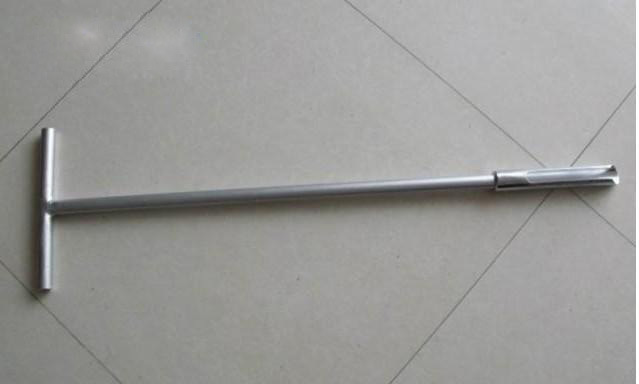
Soil boring (hollow stem auger or HSA method). The table describes advantages and limitations and provides references and photographs for each of these methods. Sample collection methods are listed in the following table from simplest/quickest/cheapest to complex/slower/expensive. There are several types of soil sample collection methods which can be used to determine soil characteristics. An urban site with many previous uses may require a larger amount of soil investigation to properly identify the soil profile. For example, a rural 1 acre site that has always been farmed will probably have more consistent soils from one location to the next compared to an urban 1 acre site which has had many different uses, including importation of fill materials. The more variable the site history, the greater variety of soil types you may expect to find. This page provides a summary of useful information sources for investigating the history of a site. What other use(s) has the site had? Are historical soil borings available for the site? Could site soils be contaminated? A list of possible site soil constraints and additional information can be found here. Prior to ordering a soil investigation, it is highly recommended that historical records are evaluated for the site. Link to this table Surface area of stormwater control measure (BMP)(ft 2)ġan additional soil boring or pit should be completed for each additional 2,500 ft 2 above 12,500 ft 2Ģan additional five permeameter tests should be completed for each additional 5,000 ft 2 above 15,000 ft 2 Recommended number of soil borings, pits or permeameter tests for bioretention design. The recommended number of borings is shown in the folowing table. 6 Information gathered from soil samples. 4 Disturbed versus undisturbed soil samples. 3 Types of soil sample collection methods. This article presents a discussion of soil sampling, soil borings, and interpreting soil information. UNDISTURBED SOIL SAMPLER MANUAL
The Minnesota Stormwater Manual recommends that soil borings or pits be dug to verify soil types and infiltration capacity characteristics and to determine the depth to groundwater and bedrock. Section 16.10 of the Construction Stormwater general permit states “Permittees must provide at least one soil boring, test pit or infiltrometer test in the location of the infiltration practice for determining infiltration rates”. Soils determine how quickly stormwater will infiltrate, affect plant growth, and affect the fate and transport of pollutants.

Knowing the soils in the area of a proposed infiltration best management practice (BMP) helps determine the suitability and design of the BMP. If soil borings or soil pits are utilized, it is Highly recommended a certified soil scientist or geotechnical engineer interpret the borings. Caution: The MPCA Highly recommends field determination of soil infiltration rates.





 0 kommentar(er)
0 kommentar(er)
